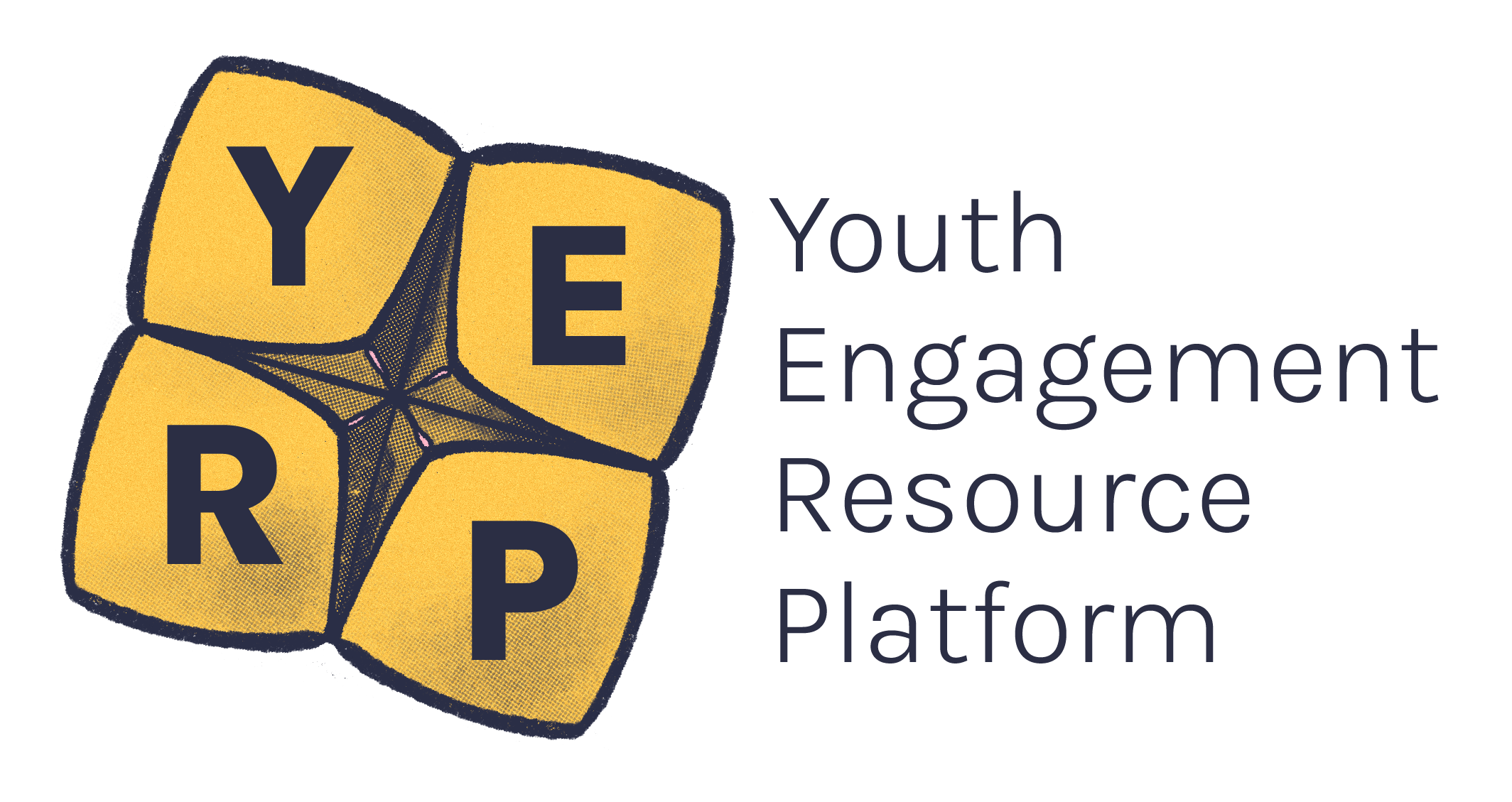What is an access key?
An access key tells people what will happen at an event. It helps everyone know about access in and around the venue. It also shows people that you are serious about including everyone.
They are particularly helpful for some Autistic people or people with certain types of mental illness because it helps alleviate the anxiety associated with going somewhere new. They are useful for people who use wheelchairs, or other forms of mobility or sensory impairments, because it describes the best way to get to and move around the venue.
They can also support Culturally and linguistically diverse. Also known as migrant or refugee.CALD communities to understand Australian conventions, or let Lesbian, gay, bisexual, trans, queer, intersex, asexual, plus more forms of gender and sexuality.LGBTQIA+ people know about gender neutral bathrooms. They can also support people with prams or people with temporary injuries know where ramps and elevators might be.
They acknowledge that not all spaces are 100% accessible. By sharing information about what is and what isn’t accessible, disabled young people have more agency and control over if and how they participate.
Examples of access keys
The following is part of headspace Hawthorn's Access Key document. This example show the section that explains their bathrooms. There is a detailed description about the widths of doorways and heights of sinks which can be particularly useful for wheelchair users. There’s also pictures with image descriptions to give context to the description. There is a note as well about the bathroom being gender neutral which is not just useful for disabled people but LGBTQIA+ people as well.

This next one is from Knox Leisureworks Aquatic and Recreation Centre. The example explains how to get to the swim centre as well as what different kinds of staff do, with clear images of their different uniforms. There is also a Sensory Guide which provides more in-depth information about the sensory experience of their space such as the smell of chlorine and sounds of the cafe. This allows people to prepare for a visit in an informed way, knowing all the details of the space.

Creating your own access key
When developing your own access key here are a few things to keep in mind:
- How people will get to the venue
- How people will get into the venue
- How people will get around the venue
- What is in the space?
- What is the environment like?
- What barriers are there?
- Is there a quiet space?
- Is there going to be high-stimulation/scents/flashing lights?
- What about the bathrooms?
Remember, you don’t have to make the space 100% accessible for everyone. Writing an access key is about giving people the best information so they have agency and confidence to attend.
For a more in-depth list of questions, see Undercurrent Victoria’s framework.
Reflection Questions
How might this information be useful for young people with different types of disability? Autism/ASD? Wheelchair users? People with limited mobility? People who have adverse reactions to overstimulation? People who are blind or have low vision?
What kind of message does it send to have this information published publicly?
What information is missing from the above access key? Keep in mind that this access key was developed by volunteers.
Is this something you could do for the events and activities that you host?
Write your own access key about a space you use for events/activities/meetings.



